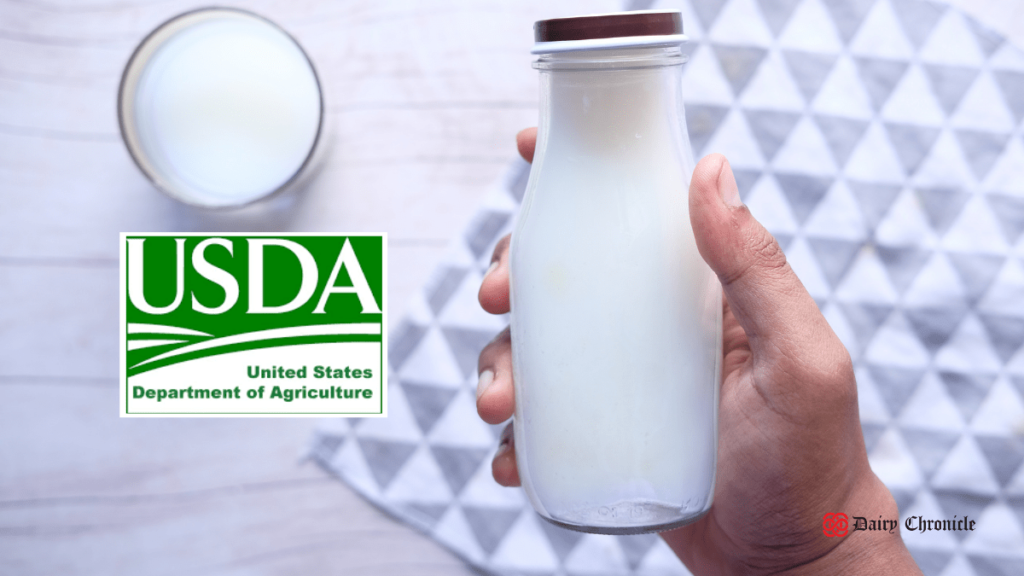The USDA’s proposal to increase allowances under the Federal Milk Marketing Order could lead to lower returns for dairy farmers, affecting their financial stability. The changes aim to help processors cover rising costs but may strain farmers already operating with narrow margins.
The Federal Milk Marketing Order (FMMO) system, overseen by the United States Department of Agriculture (USDA), plays a crucial role in regulating the dairy industry in the United States. Based in Washington, D.C., the USDA manages the FMMO to ensure a fair balance between dairy producers, processors, and consumers. The system includes provisions for make allowances, which are intended to cover the costs for processors converting raw milk into finished dairy products. However, the USDA’s recent proposal to increase these make allowances could lead to significant financial challenges for dairy farmers across the country.
What Are Make Allowances?
Make allowances are financial margins granted to processors to cover the costs of transforming raw milk into products such as cheese, butter, and yogurt. These allowances are designed to reflect the costs associated with processing and to ensure that processors can maintain profitability. The current make allowance levels are set based on industry averages and cost analyses.
Implications of Raising Make Allowances
The USDA’s proposal to raise the make allowance aims to address increasing costs faced by processors. While this adjustment might help processors manage their expenses, it also means they will take a larger share of the revenue from dairy products. Consequently, dairy farmers could see a reduction in the price they are paid for their raw milk. The proposal could lead to a decrease in farm income, particularly affecting those already operating with narrow profit margins.
Impact on Dairy Farmers
Dairy farmers, especially those on smaller scales, may face severe financial strain if the proposed increase in make allowances is implemented. Farmers who depend on fair pricing to cover their operational costs could struggle to stay afloat if their income from milk sales decreases. This reduction in revenue could impact the long-term sustainability of many dairy farms, potentially leading to financial instability and even farm closures.
Industry Response and Next Steps
In response to the proposal, industry stakeholders, including dairy farmer associations and advocacy groups, are voicing their concerns. They argue that the increased allowances should be balanced with measures to protect farmers’ income. Discussions and negotiations are ongoing, with calls for a more equitable approach that considers the financial pressures on dairy producers.
As the USDA advances its proposal to increase make allowances, dairy farmers should stay informed about potential changes and their implications. Active engagement in the discussion and advocacy for fair pricing will be crucial in navigating the potential impacts on their operations. The outcome of this proposal could reshape the financial landscape of dairy farming in the United States, highlighting the need for a balanced approach that supports both processors and producers.



